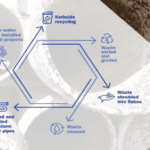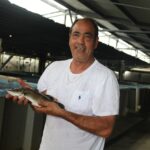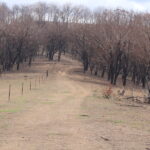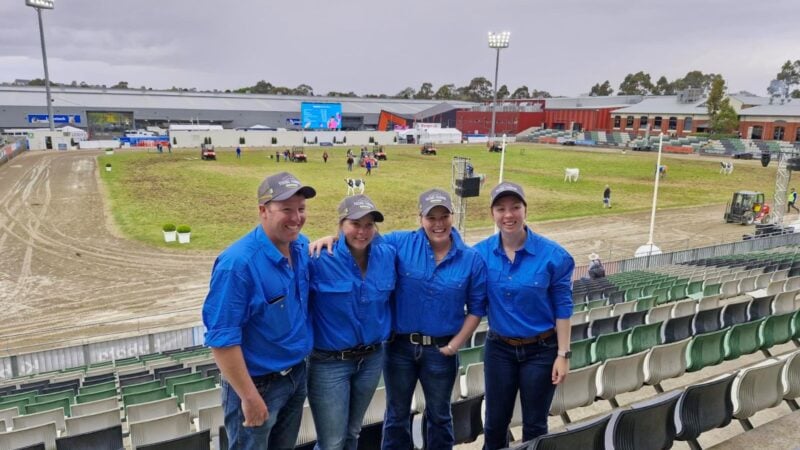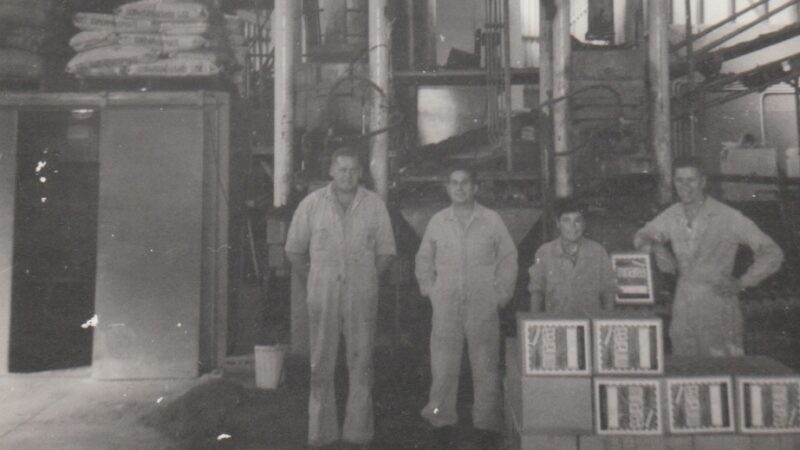The renewable energy hub project by Innovating Energy is possible due to grant assistance under…
Oyster farmers help out in the flood
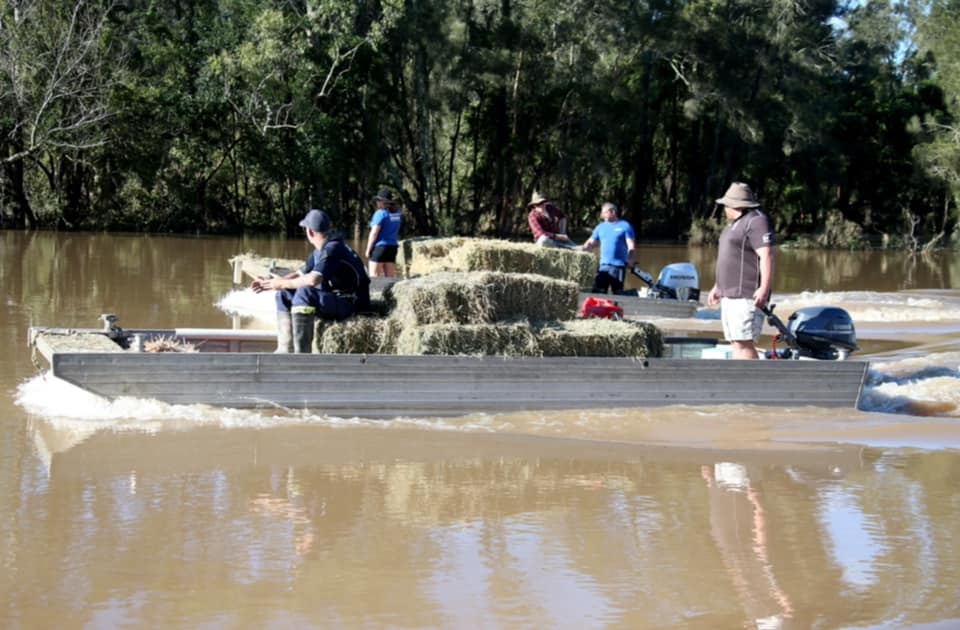
A series of calamitous and unfortunate events have combined to wreak havoc on NSW�s oyster industry, with recent floods killing potentially millions of precious oysters and destroying expensive farming infrastructure up and down the coast. However, despite their own predicaments, oyster farmers used their punts to make sure locals cut-off from town could be brought to safety and livestock had feed.
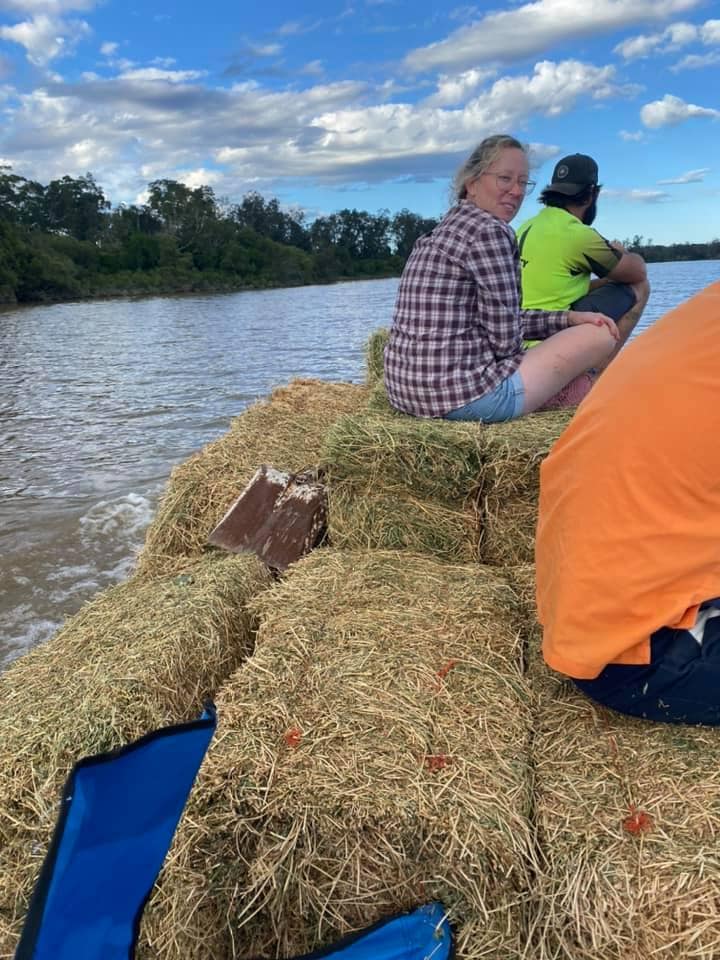
David Tunstead, a fifth generation oyster farmer on the Hastings River at Port Macquarie was among them, despite having major problems of his own.
Mr Tunstead estimates he’s lost half of his oyster infrastructure and stock, which equates to about one million oysters of varying ages, at an approximate cost of $500,000 and he has no insurance, which is a common story in the oyster industry. His parents’ home also went under in the flood and on top of that his father, Peter, was diagnosed with a Stage 4 melanoma four weeks ago and began radiation last week.
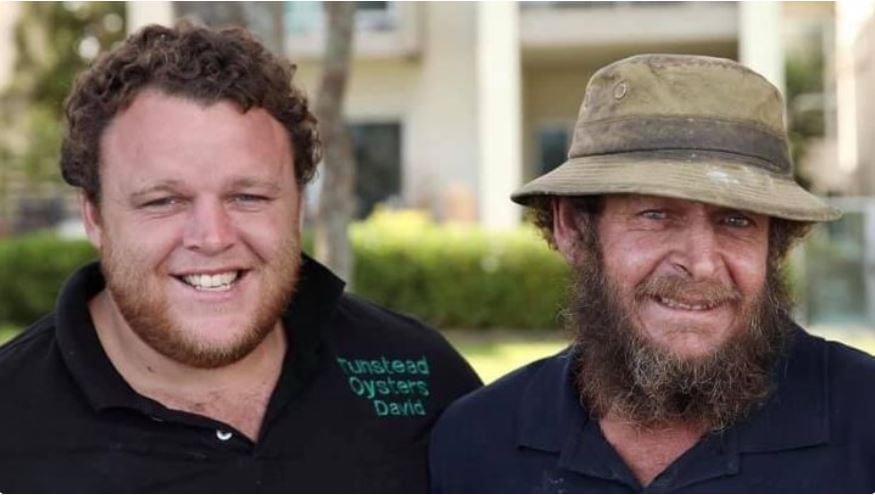
Photo credit: David Tunstead
But despite all of that, he went out in his punt in the middle of a wild night of sheeting rain and wind on a rapidly rising Macleay River to see if anyone needed help.
�In the first week of it all we did was help people. The flood was so high and extreme. I delivered hay for cattle and this week we�ve been back trying to fix our own farms and work out what we have lost,” Mr Tunstead told The Muster.
“It�s heart-breaking and it will be baby steps to recover. We are trying to save what we can and hopefully the saltwater will get back into the river soon enough so the oysters don�t die.”
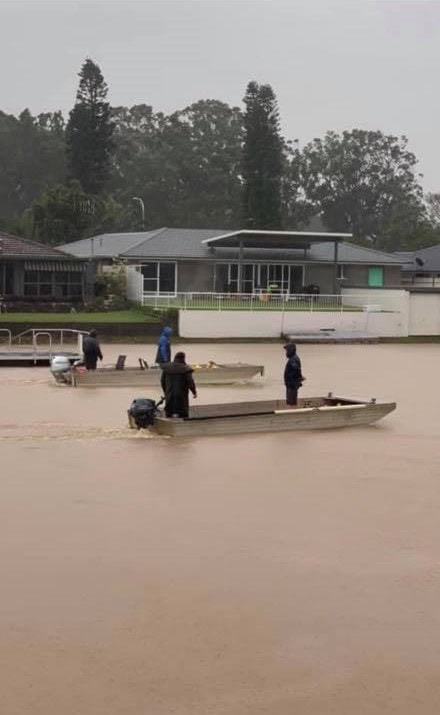
Life or death situation
Mr Tunstead ended up bringing quite a few families to safety and also made sure locals had food and water. But he says rescuing a young woman aged in her early 20s, who was crouched on top of a submerged caravan at midnight, was something he will never forget.
�Rescuing the girl from on top of a caravan was probably a life-or-death rescue. If I wasn�t there she would have gone down the river about 40 minutes later. She had said her last goodbyes to her family, so it was very traumatic,” Mr Tunstead said.
�It was dangerous, but it had to be done. I�ve driven boats in situations like that before so I had the experience and knew what to do. It was the same with delivering the hay. We were doing food deliveries on the Monday morning to people who were in remote parts of Telegraph Point.
“The only blokes that got there were the oyster farmers.�

Mr Tunstead said the damage from this flood is the worst he has experienced, adding that the 2013 flood was one metre lower than what this one reached.
�I�m a fifth generation oyster farmer and have never seen anything like this. I had 15,000 floating baskets and I reckon now I only have about half of that left and half of the oysters in those baskets have died. I reckon I have probably lost a million oysters of different ages.”
David Tunstead � an oyster farmer on the Macleay River at Port Macquarie
The road to recovery
The road to recovery is going to be long and hard for the oyster industry, which has suffered multiple challenges in recent times with the pandemic, bushfires, a flood in December and now this.
Oysters need diluted seawater to thrive, but the 4.5 metres that has fallen over parts of the NSW coast since December 2020 has severely tipped the balance in the wrong way. The recent deluge of over 400mm in one day in some parts was the straw that broke the camel�s back.
NSW Farmers Oyster Committee Chair, Todd Graham, farms oysters on the Macleay River on the Mid North Coast near Kempsey, says early investigations show he has lost about 50 per cent of his oysters.
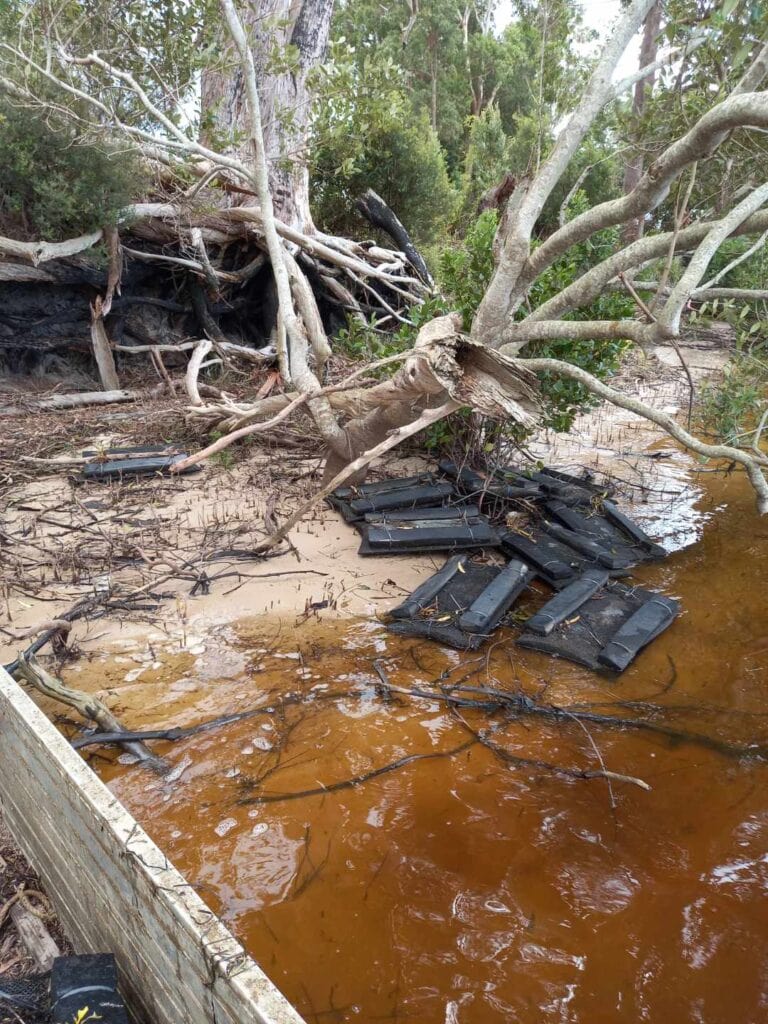
He holds grave concerns for the outlook for many in the industry due to the length of time it takes to grow oysters (on average, three-and-a-half years) and the costs associated with building new infrastructure.
�There’s a big chance that many people will leave the industry because they won�t be able to recover. But I can�t just leave the farm and get another job because there is work out there that I have to do to so that in two-and-a-half years I can have another crop coming through,� Mr Graham told The Muster.
�Some estuaries have been hit really hard and some south of Sydney are closed at the moment due to the rainfall, but they won�t have the losses that we will have up north. It is going to take a couple of months before we know how many oysters we have got left.�
Re-stocking concerns
The other issue is accessing fresh spat � baby oysters � to start the process of re-stocking.
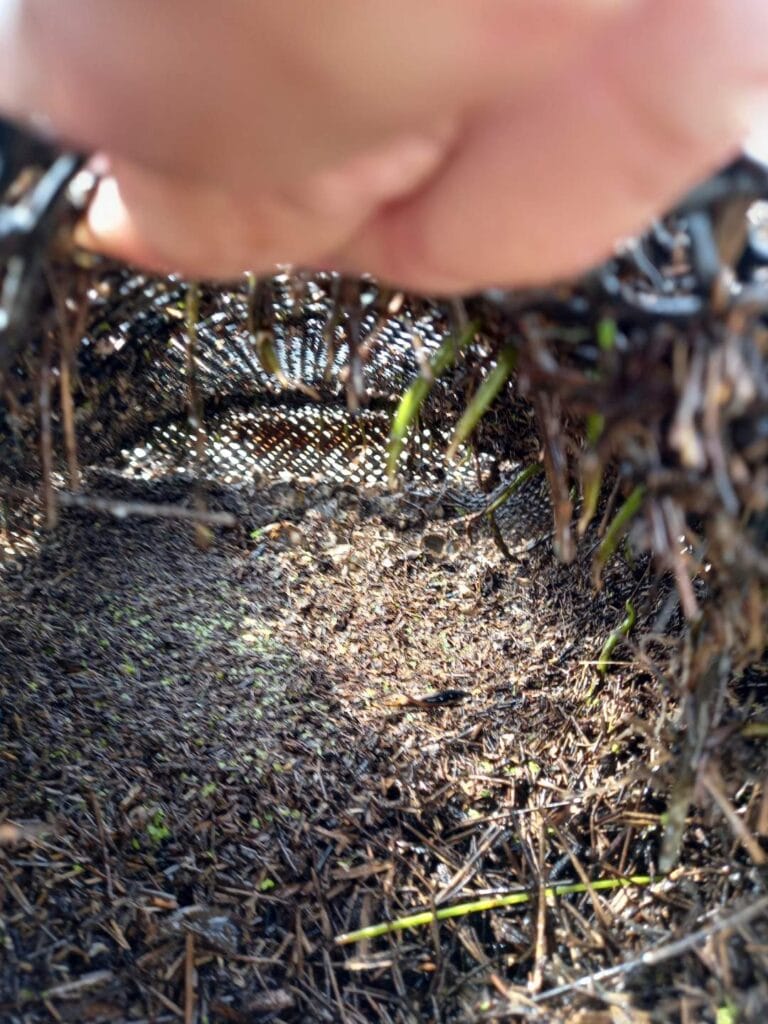
Spat need warm conditions to grow and many hatcheries and nurseries will struggle to have spat to sell until the warmer Spring months approach.
�The hard bit is every cent people get off their oysters in the next few years will just go back into restocking and buying more gear. A lot of the spat won�t be available until Spring so that will push the recovery back even further.�
Mr Graham is also now putting his oyster farm back together and spending time gathering washed up farm infrastructure off beaches.
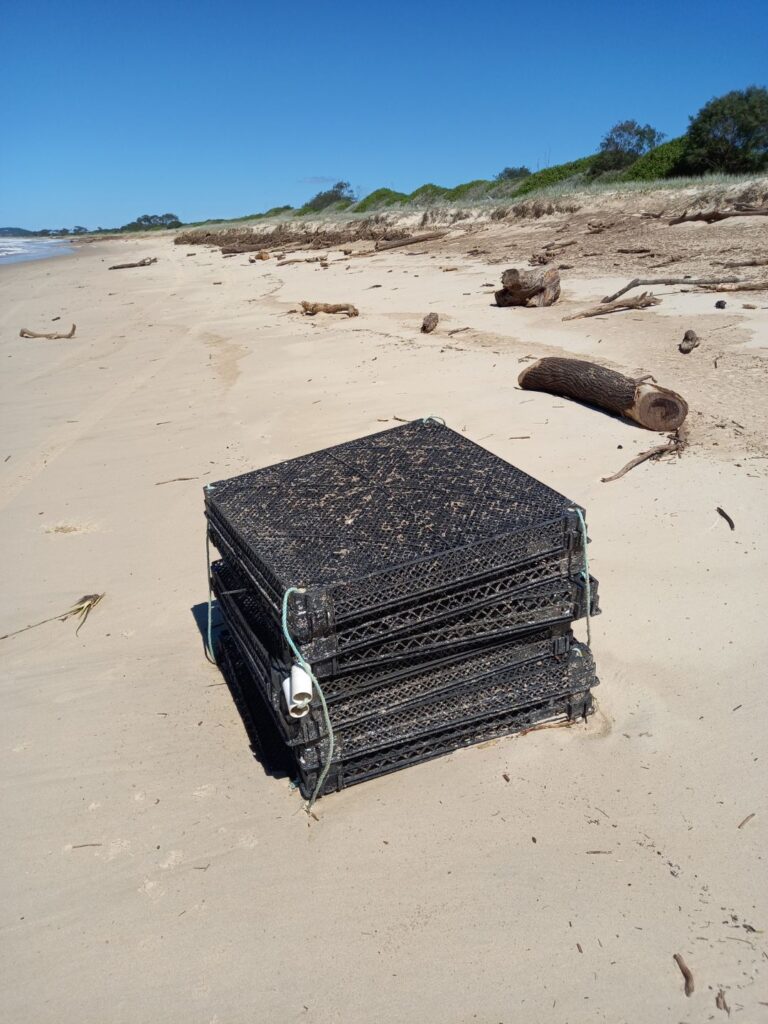
For more stories about the recent floods, here is a feature on natural disaster relief.


